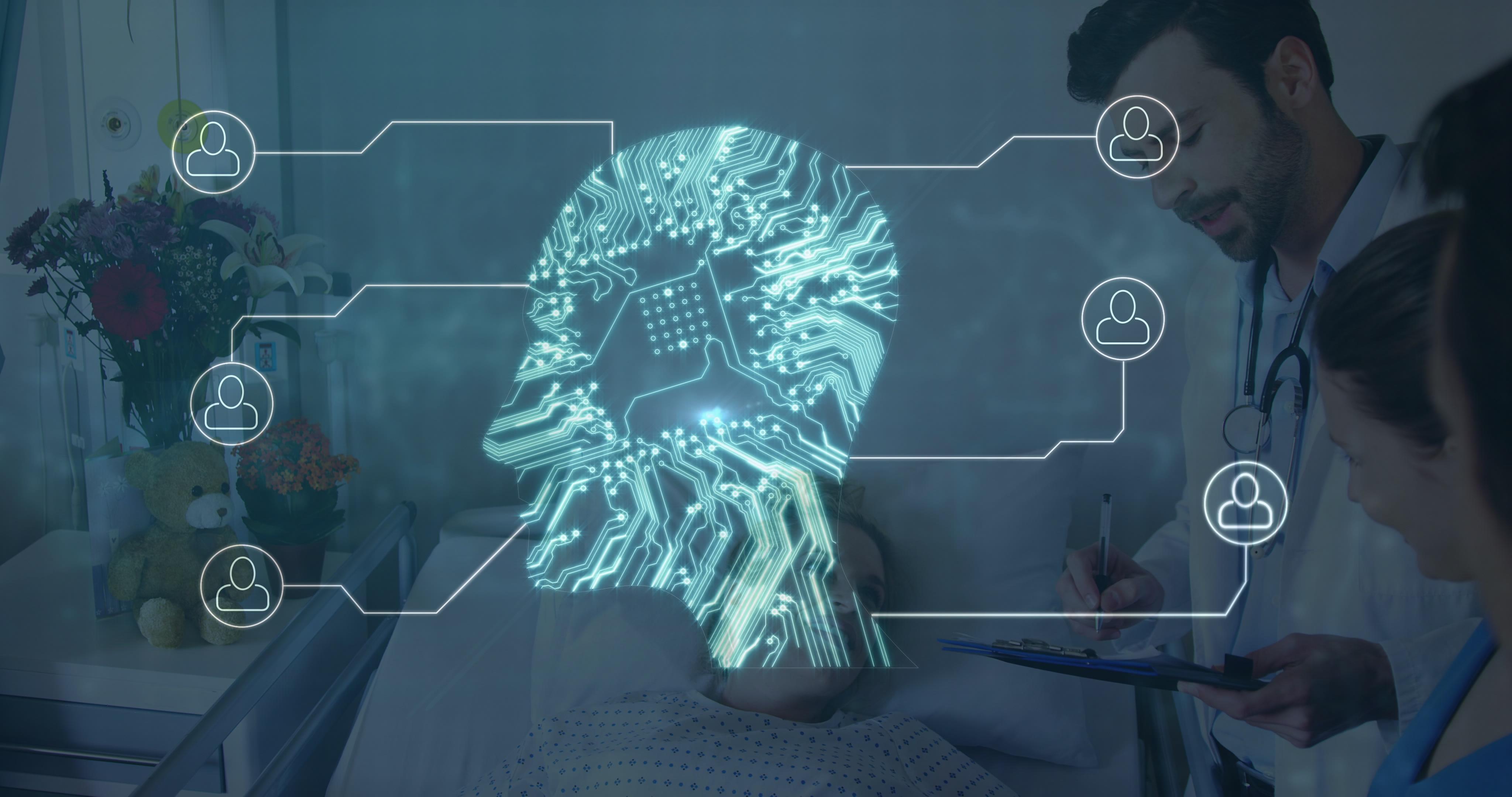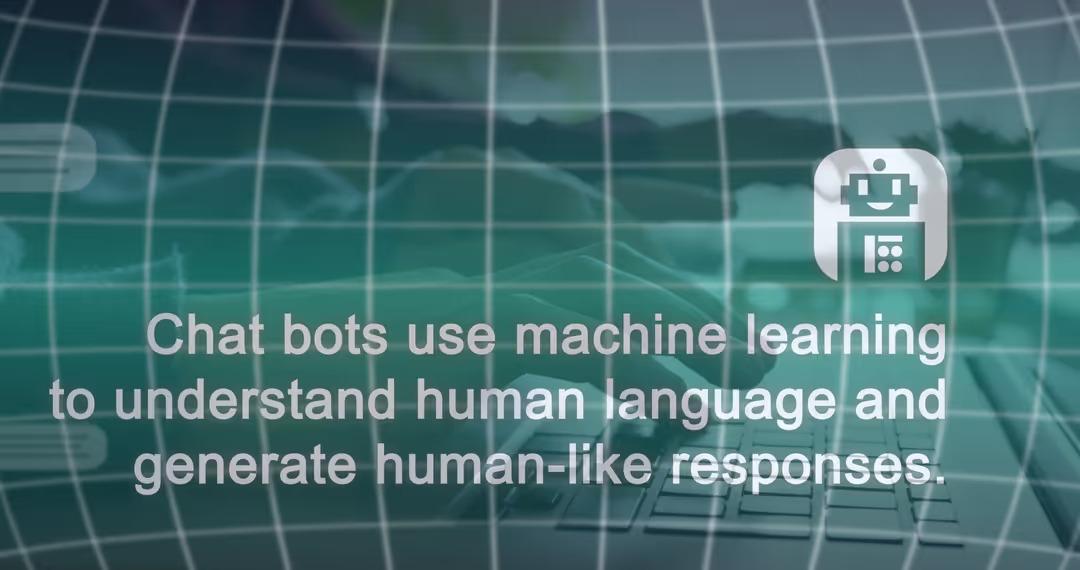Stock photography is an important part of the creative economy, providing a wide range of visual content to businesses as well as consumers. The stock photography industry has evolved throughout time, but with the introduction of artificial intelligence (AI); especially generative AI, we should expect even more drastic developments in this field.
Creating a stock photos catalog is a creative endeavor that involves hours of work, patience, and uniqueness of content. Photographers typically spend several hours researching locations, waiting for the ideal photo, and experimenting with various camera settings to acquire the desired results. While you might think that getting the perfect shot is the only job, in reality it’s just half the battle. Once the photographs come in the post-production team takes over. They work to enhance the images quality and take a raw photograph to it’s full potential. They work on color-correction, optimally enhancing contrast and sharpness which adhere to market requirements. To fulfill these objectives, the post-processing team requires a combination of skilled people resources, licensed software access, and sufficient financial resources. Whether it's breathtaking scenery, an intimate portrait, or a bustling cityscape, the goal is to create a one-of-a-kind and unique shot that tells a captivating narrative.
Impact of AI Advancements

It's no secret that artificial intelligence (AI) technology is rapidly evolving, and the stock photography market is no exception. AI is altering the game in 2023, making stock photography simpler and more accessible than ever. Photographers and post-production teams may work more efficiently and effectively to generate spectacular photographs with the advent of new AI tools and software. Image creation is one of the most interesting advances in AI for stock photography. Images may be created rapidly and simply with AI, allowing photographers to capture photos that would be hard to capture in real life. This opens up a whole new universe of opportunities for both stock photographers and corporations.
Other ways AI is being utilized to improve the stock photography process include AI-powered picture search and organizing. Images are automatically labeled and grouped depending on their content, making it easier to identify the correct image for a certain project. Finding the ideal image is an easy job with AI. Another way AI is impacting stock photography is through picture augmentation and editing. AI systems can now fix photos, remove blemishes, change exposure, and do a variety of other modifications automatically. It can aid in image quality improvement by changing lighting, color, and composition. This saves time and effort during post-production while offering users with higher-quality images. The stock photography industry is being transformed due to AI technology.
Effects of AI advancements
AI technology is having a huge influence on the stock photography market as it advances. This may be both a difficulty and an opportunity for photographers. On the one hand, AI-generated photographs are becoming more ubiquitous, making it more difficult for photographers to stand out in a crowded market. AI tools and software, on the other hand, may help photographers work more effectively, allowing them to generate photographs that are not only distinctive but also of superior quality.
The growth of AI in stock photography has ramifications for end-users of the images such as marketers and designers. It's simpler than ever to discover the ideal image for a project thanks to AI-powered image search and categorization. AI algorithms may also scan and comprehend visual content, allowing them to locate photos related to a given campaign or project. This not only changes the way marketers and designers look for and utilize stock pictures, making the process faster and more efficient, but it also aids in the understanding of copyright infringements. AI can assist to enhance stock image licensing. AI-powered systems may detect copyright infringement automatically, preventing the usage of illegal images.
It's crucial to emphasize that the advent of AI technology does not imply a loss of employment in the stock photography market. Instead, what we predict is technology and people will coexist like how it happened with the introduction of Computers in the '80s. With AI being utilized to improve and support the work of photographers and post-production teams. As AI technology advances, new work possibilities are expected to arise, and the stock photography sector will continue to develop and prosper.
Future

We can only fathom the tremendous possibilities that lay ahead as AI continues to disrupt the stock photography market. This not only saves time and money, but it also offers up new opportunities for creative expression. Furthermore, AI has the potential to play a significant role in the advancement of virtual and augmented reality, allowing consumers to have a completely immersive experience. But, we cannot ignore the possibility of a potential legal issue regarding AI-generated photos. As AI technology advances, it is critical that all pictures created are legal and ethical, and that correct credit is given to the inventors.
Overall, the future of AI in stock photography is bright and full of possibilities. AI will help improve image search, post processing, image quality and licensing processes, eventually making the entire workflow more efficient. The industry is evolving, and we're excited to see where AI takes us next.

Rahul Shevde


